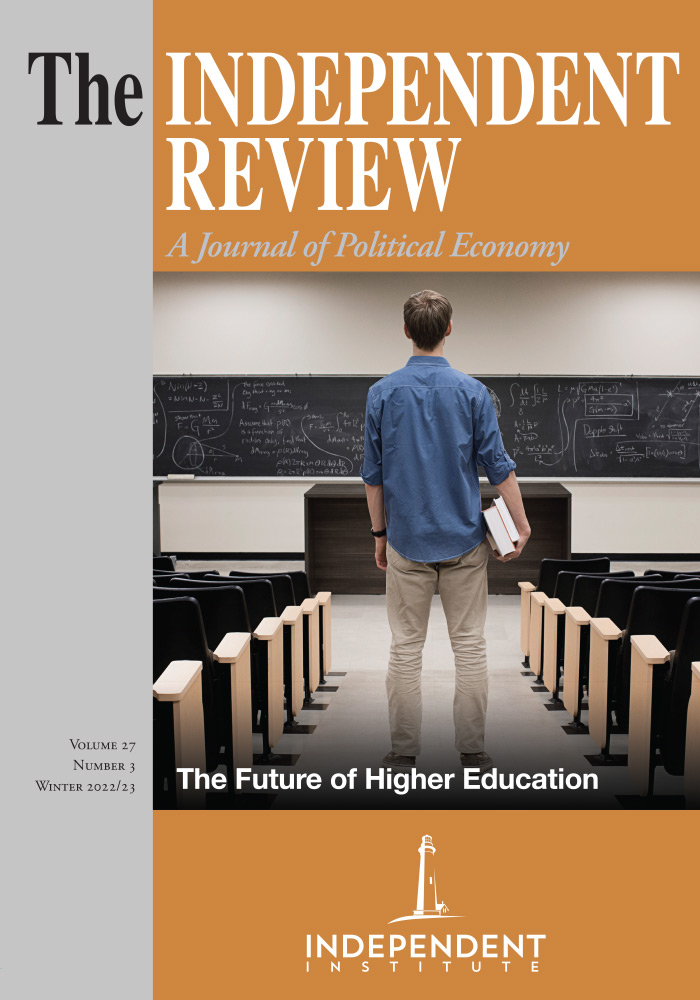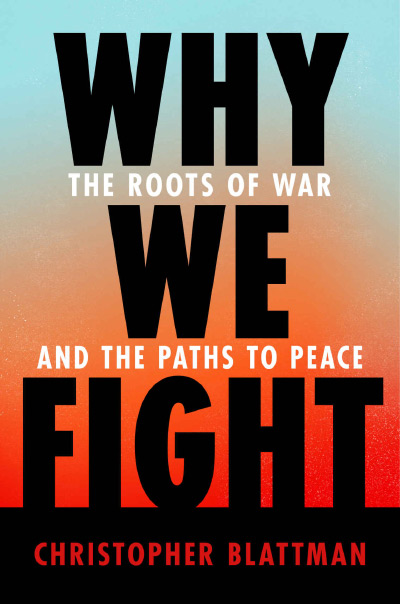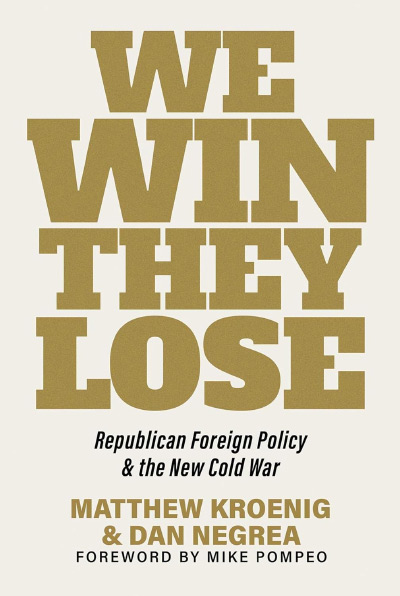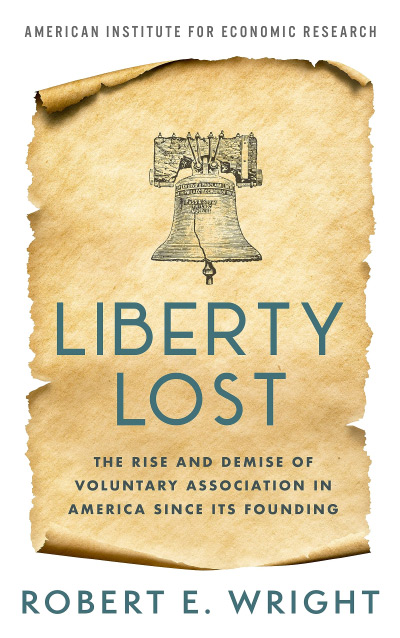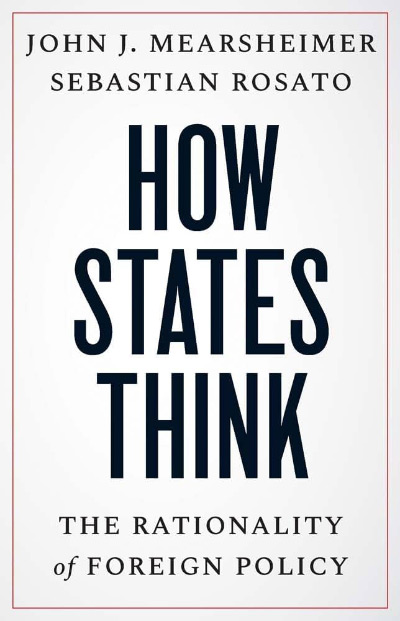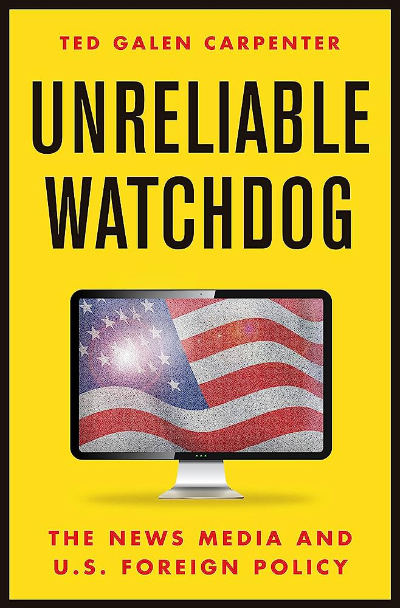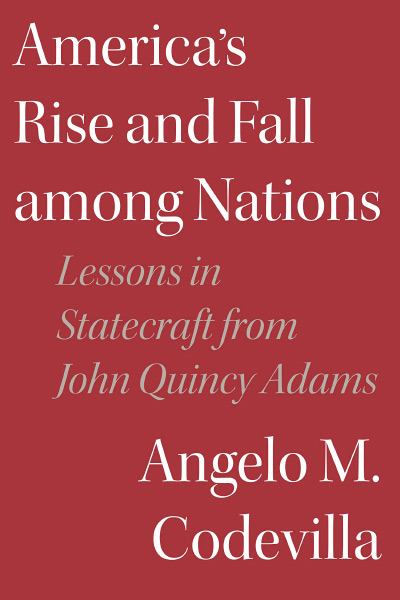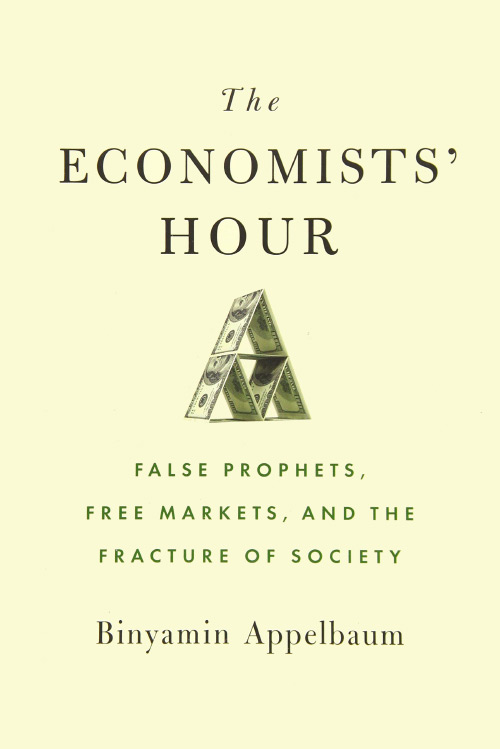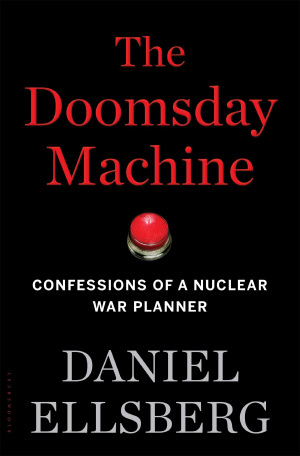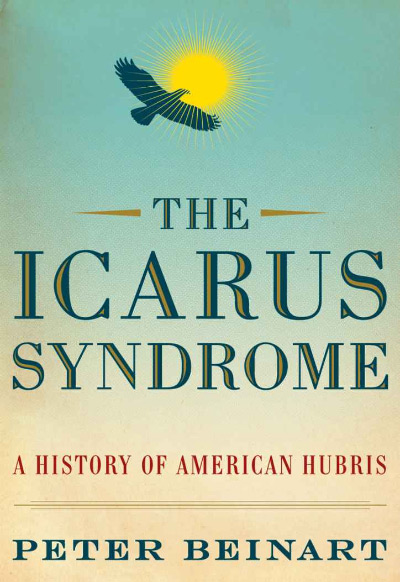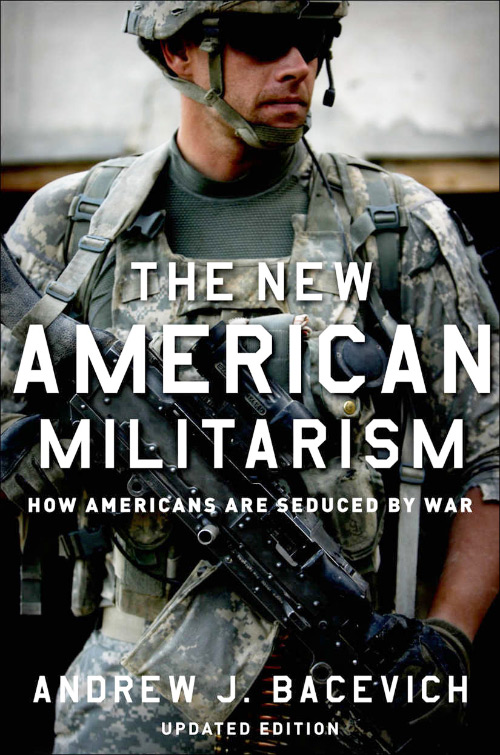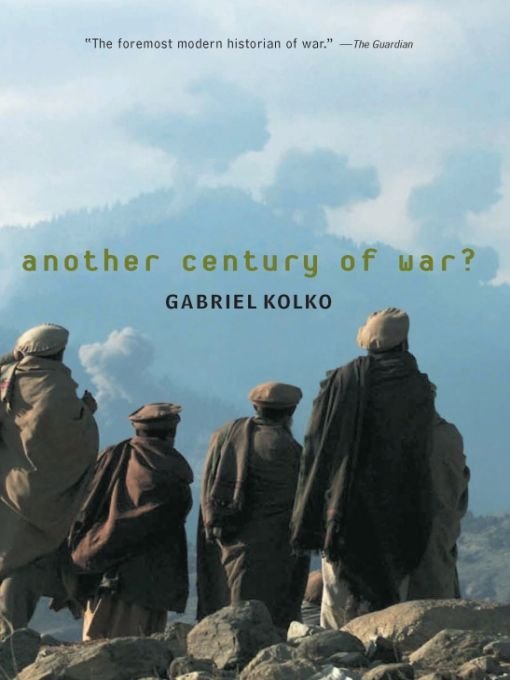As I read Why We Fight, I couldn’t help but think of Kenneth Boulding’s seminal book in conflict and peace studies, Stable Peace (1978, Austin, Tex.: University of Texas Press). Boulding presented a theory of peace-war systems, emphasizing the importance of factors that “strengthen” or “strain” the system contributing to movements between peace and war.
The strength of a system refers to its ability to resist breaking when under strain; this is different from conceptualizing strength as the ability to create strength through force and violence. Boulding rejected the idea of identifying specific and universal “causes of war,” both because this approach was too simplistic (the dynamics of peace-war systems are multi-causal and complex) and because focusing on specific concepts neglects whether war was the result of too little strength or too much strain.
In order to evaluate stress and strain, Boulding identified general structural variables, which delineate the current state, and dynamic variables, which shape the system through time. Examples of the former include the professionalization of war, political structures, and self-image while examples of the latter include arms races and factors related to growth, population, and wealth. The specific manifestation and influence of variables in each category will vary from context to context.
Although he doesn’t reference Boulding, Blattman’s project can be read as part of the broader project of understanding stable peace. He begins by noting that while war tends to receive media attention, it is rare because it is extremely costly. Overlooked, are the ubiquitous cases, both within and across societies, where conflicts are navigated without resorting to violence. But then why do people engage in violence? To explain why people fight despite the costs, Blattman offers five explanations.
Three are strategic in nature. First, unchecked interests occur when those who have the power to decide to engage in war aren’t accountable to others who incur the costs of war. Second, uncertainty refers to asymmetric information between parties regarding their intentions and relative strength. Third commitment problems refer to difficulties with credible constraints. For instance, one party may promise peace only to renege once the other puts down its arms. If the latter realizes this possibility, they may refuse to put down their arms in the first place and might even choose to strike pre-emptively.
The other two explanations are psychological in nature. Intangible incentives exist when decision-makers pursue some non-material or non-strategic goals. Examples might include the pursuit of legacy, glory, religious benefits, or nationalist ideals. Misperceptions refer to the way we understand others. For instance, people tend to assign the worse motives to those deemed enemies while assigning noble motives to their own actions.
Blattman is clear these categories are meant to be a typology; they are complements, not substitutes. Like Boulding, Blattman recognizes that war has multiple causes and interactions between the five explanations. Consider the current invasion of Ukraine. It is possible that Putin is operating strategically to counter what he perceives as a threat from NATO. It is also possible that he is simultaneously pursuing the objectives of securing his legacy and encouraging Russian nationalism.
What about the paths to peace? Blattman offers several ways that societies can learn to live with contestation and conflict through peaceful means. These include interdependence, checks and balances, rules and means of enforcement, and intervention.
Interdependence—economic, social, and cultural—creates ties that encourage people to consider the interests of others. Institutional checks and balances are a means of incentivizing key decision-makers to look beyond their own narrow interests. This can occur by limiting certain behaviors and by creating lines of accountability where leaders internalize the costs of their decisions. Effective rules and enforcement mechanisms create constraints that delineate what is appropriate and inappropriate behavior. Where appropriate rules and enforcement exist, they raise the cost of resorting to violence. Interventions can take on several forms—positive incentives (rewards), negative incentives (punishment), facilitating peace, and socializing to foster peace. Blattman is careful to point out how little we know about how to intervene effectively. As he puts it, these interventions are “great in theory, wobbly in evidence, hard to get right, and seldom an unabashed success” (p. 223).
In the closing chapter, Blattman calls for “peacemeal engineering.” Too many efforts rely on “A powerful central government or foreign agency,” which he notes, “oversimplifies the problem and articulates a grand vision.” The sad result is that “their ambitious goals, central plans, sweeping changes, and undeserved faith in best practices lead to mediocrity at best and disaster at worst” (p. 277). In response, Blattman offers ten “peacemeal commandments” to aid in the search for peace—don’t overcomplicate and overlook the easy solution, avoid the straitjacket of grand plans and best practices, appreciate that all policymaking is political, think and tinker on the margin, explore and experiment, embrace failure, be patient, set reasonable goals, be accountable, and find your margin of impact.
Few will find these commandments controversial, and I imagine most involved in peacemaking will agree with their relevance while also claiming they subscribe to them. Hubris and grand planning are in the eye of the beholder, and one would be hard pressed to find someone who says they want to help others through hubristic, grand top-down planning. How can this be resolved?
One approach is to engage in comparative institutional analysis, which entails the study of different institutional and organizational environments with an eye towards differences in the epistemics and incentives generated. This would be a way to study which environments align with Blattman’s commandments. If there are going to be engineers, it is important that they are operating in an environment allowing for the contestation of ideas, experimentation and feedback, and accountability for actions. Whether these conditions exist or not is dependent on the context within which peacemeal engineers operate.
The analogy of a peace engineer implies design and control. This runs the risk of neglecting the emergent features of the world. In Stable Peace, Boulding noted that “prediction in systems of this kind [the complex peace-war system] is extremely difficult because of the strong importance of random factors and of undetectable discontinuities” (p. xi). This doesn’t just apply to prediction, but also to control. There is a tendency for people to believe not only that control is associated with order but that they have the capability to control the world for the better. This overlooks the limits of human reason to fully grasp complex systems, let alone design them. Designed orders matter for peace, but so do emergent orders. Boulding emphasized that the “taboo line” was crucial in delineating acceptable means of navigating conflict (p. 19). Part of what constitutes this line is the result of design, but much is not—norms, traditions, self-image, and the image of others.
Blattman invokes Karl Popper who said, “The piecemeal engineer knows, like Socrates, how little he knows” (quoted in Blattman, p. 276). At the same time, we should always remember F.A. Hayek’s (1988, The Fatal Conceit: The Errors of Socialism, Chicago: University of Chicago Press) warning about engineering—“The curious task of economics is to demonstrate to men how little they really know about what they imagine they can design” (p. 76). Why We Fight offers important insight into why violence occurs. It also offers the opportunity to remember, and reflect on, how little we are capable of understanding about the world and how ruinous efforts that ignore this reality can be in the search for a stable peace.
| Other Independent Review articles by Christopher J. Coyne | ||
| Spring 2025 | The Nuclear Ratchet: Crisis, Leviathan, and Atomic Weapons | |
| Spring 2025 | What’s the Worst That Could Happen?: Existential Risk and Extreme Politics | |
| Spring 2024 | Murray Rothbard on War and Foreign Policy | |
| [View All (48)] | ||

